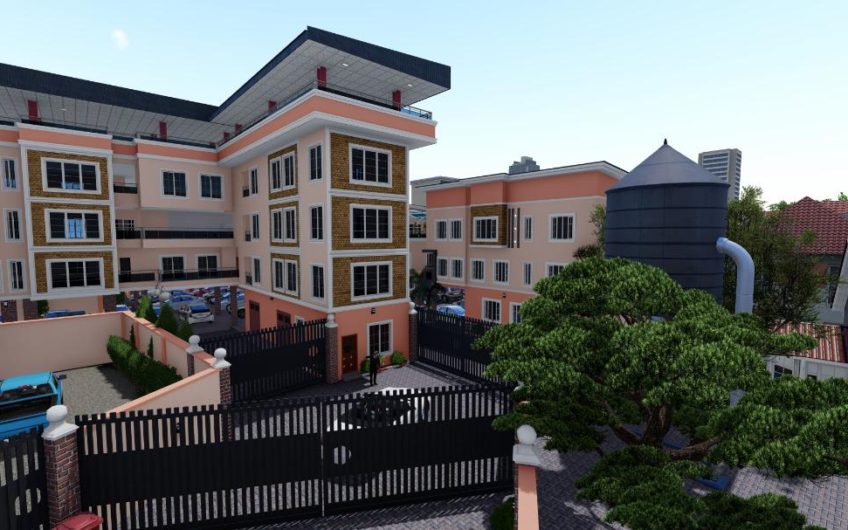

Besides a small parking lot, toilets and drink vending machines are the only consistent amenities offered, while some larger parking areas have small shops, local goods, and occasionally a gas station - but are much smaller than their larger Service Area counterparts.

PAs are much smaller, and spaced roughly 20 minutes apart on the system. The other grade of rest stop is a "Parking Area", or a PA. They are usually spaced about one hour apart on the system, and often a planned stop for tour buses. SAs are usually very large facilities with parking for hundreds of cars and many buses - offering toilets, smoking areas, convenience stores, pet relief areas, restaurants, regional souvenir shops, a gas station, and sometimes even tourist attractions, such as a Ferris wheel or a view of a famous location. The larger rest area is called a " Service Area", or an SA. They are modeled and named after the "Motorway Services" offered in Britain. These are part of the expressway system, allowing a person to stop without exiting the expressway, as exiting and reentering the tollway would lead to a higher overall toll for the trip. In Japan, there are two grades of rest areas on Japan's tolled expressways. Unlike typical laybys and RSAs, which are only accessible in one-way direction only, an overhead restaurant is accessible from both directions of the expressway. In Malaysia, an overhead bridge restaurant (OBR), or overhead restaurant, is a special rest area with restaurants above the expressway. In Iran it is called Esterāhatgāh ( Persian:استراحتگاه) meaning the rest area or rest place. In Malaysia, Indonesia, Iran, Saudi Arabia, and Turkey, rest areas have prayer rooms ( musola) for Muslims travelling more than 90 kilometres (56 mi) (2 marhalah 1 marhalah ≈ 45 kilometres (28 mi)).

Some even offer business services, such as ATMs, fax machines, office cubicles, and Internet access. Privatised commercial services may take a form of a truck stop complete with a filling station, arcade video games, and recreation center, shower and laundry facilities, and fast food restaurant(s), cafeteria, or food court all under one roof immediately adjacent to the motorway. Service areas tend to have traveller information in the form of so-called "exit guides", which often contain very basic maps and advertisements for local motels and nearby tourist attractions. Many service stations provide Wi-Fi access and have bookshops.
REST AREA NEAR ME I39 S FREE
Some rest areas provide free coffee for travellers which is paid for by donations from travellers and/or donations from local businesses, civic groups, and churches. There might also be drinking fountains, vending machines, pay telephones, a fuel station, a restaurant/ food court, or a convenience store at a service area. Some rest areas have visitor information kiosks or stations with staff on duty. The locations of these remote rest areas are usually marked by signs on the freeway or motorway for example, a sign may read, "Next Services 45 miles" "Next Rest Area 62 miles" or "Next Rest Stop 10 km".ĭriving information is usually available at these locations, such as posted maps and other local information, along with public toilet. Most state-run rest areas tend to be located in remote and rural areas where there are practically no fast food nor full-service restaurants, fuel stations, hotels or other traveller services nearby.

Service stations have parking areas allotted for cars, trucks, articulated trucks, buses and caravans. The standards and upkeep of service station facilities vary by jurisdiction.


 0 kommentar(er)
0 kommentar(er)
